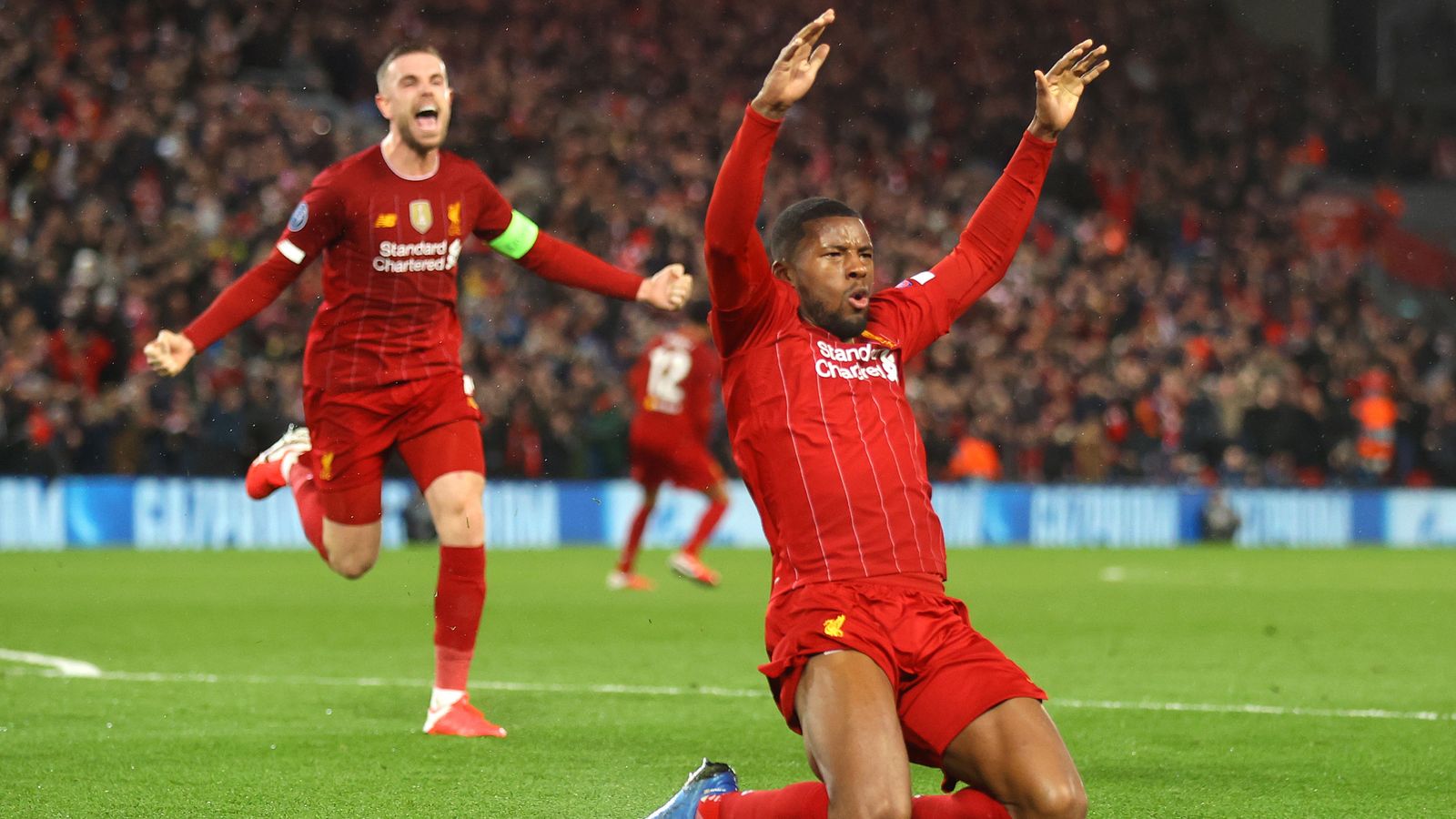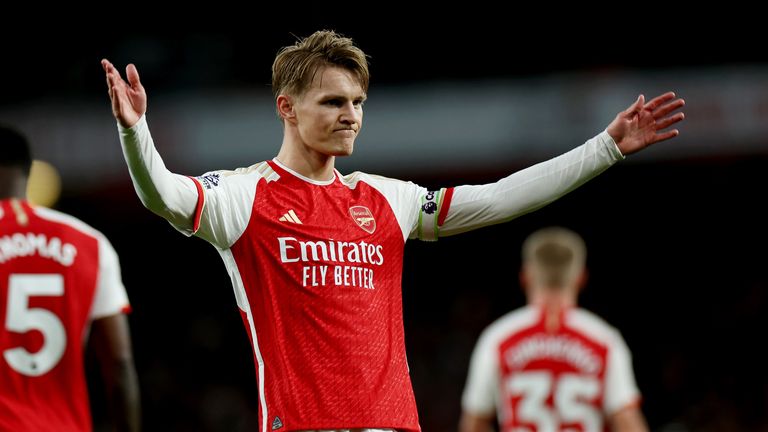For almost its entire duration, last Sunday’s frenetic clash between Algeria and Zimbabwe seemed to boil down to a shoot-out between the Desert Foxes’ destroyer in chief, Riyad Mahrez and the Warriors’ ace, Khama Billiat.

From the start of the match, it was clear that these two gunslingers were going to be instrumental in either team’s ambition of securing a pace-setting victory in the opening Group B match at the sparsely filled but raucous Stade de Franceville at the ongoing Afcon tournament in Gabon.
When Billiat’s right boot sent the ball fizzing through the hot and humid Franceville evening until it agonisingly crashed into the upright, Mahrez returned the favour and then, dancing through the Zimbabwean defence before his curled effort kissed the left upright on its way into the Zimbabwean net.
Later on in the piece, Billiat went on an all too familiar zigzagging solo run through the Algerian defence, slicing the North Africans’ back-line into scrambling, buckle kneed shreds before the Moroccan goalkeeper’s right arm sprang from his shoulder to change the top corner bound trajectory of the Zimbabwean’s sweetly struck missile.
The swashbuckling Mahrez gave his answer a few minutes later, spinning again through the Zimbabwean midfield and defence before launching another magical left-footed shot whose flight seemed to bewitch even the Zimbabwean goalkeeper, who by all accounts should have stopped it from going in.
Although both players emerged as the undoubted stars that pre-match build-ups had billed them as, Mahrez’s two crucial goal harvest only showed the fine margins that determine victory or loss in football. Luck separated these two slight bodied titans of the modern Africa game but in a few months time, regardless of the success of their respective countries in this African football showpiece, land and sea will be keeping them well apart as they ply their trade in leagues far from each other.
Mahrez will probably be trying to blow fresh wind into the sails of English Champions Leicester City’s ship which has been threatening to dive headlong into the murky waters of relegation after their euphoric and surprisingly easy navigation to the top of the English Premier League log last season.
Unless a surprise late January bid comes before midnight on January 31, Billiat will be directing his own orchestra on the other end of the world, as he seeks to again be the compass directing South African champions Mamelodi Sundowns to the apex of the South African top flight.
To Zimbabweans and other fans of Billiat, it seems hardly plausible or fair that the Zimbabwean will be hacking it in an African league, albeit one of the most lucrative ones, while his sparring partner from last Sunday’s epic bout in Franceville resumes hostilities with some of the world’s best in the EPL. Shouldn’t Khama also be tormenting plump English defences alongside the likes of Mahrez, Chilean Alexis Sanchez and Senegal’s Sadio Mane?
“We haven’t received one yet (an offer), many people call and say they want Khama and we ask ‘Ok what’s your offer?” and then they disappear,” said Sundowns supremo Patrice Motsepe at a press conference recently.
So why exactly aren’t big time European clubs falling over themselves to sign the Zimbabwean star and put his name in the bright lights among other globe-trotting Africans of similar talent? The answer to that question perhaps does not lie on what spells the flea-sized Zimbabwean wizard weaves on the pitch with his magic feet but on pre-existing stereotypes about African exports in football and the transfer policies of cash-flush European sides.
Standing at 1,7 metres and weighing 60kg, Billiat’s small frame has allowed him to breeze past defences at will around the continent, but it also makes him the antithesis of what European sides look for in an African footballer. Due to pre-existing western stereotypes, most African that truly hit the big time are usually the big, muscular types plucked from the western quarter of the continent.
From Chelsea’s Didier Drogba and Michael Essien to Manchester City’s Wilfred Bony and Yaya Toure, physically imposing Africans are what English sides have been seeking as talent bred on African sand and dust trickles onto the hallowed turf of some of the world’s biggest stages.
“You have the impression that they really train the same prototype of players: big, strong, powerful . . . What is there that is currently big, strong, and powerful? The blacks,” France’s Laurent Blanc was once controversially quoted as saying.
In his book, Feet of the Chameleon: The Story of African Football, Ian Hawkey expands on this.
“More and more the notion that Africa’s football exists in service to Europe’s professional game dictates the type of athlete clubs, schools and academies promote. Sooner or later when you speak to a coach in Europe, who might be interested in a young player,” says one scout employed to survey African talent for a leading British club, “they ask you; ‘so what’s his aerial elevation like?’ They want big, tall, strong players first of all.”
“There is a prevalent stereotype among recruiters that the best sort of footballer to look for in Africa is the quick striker or the muscular defensive midfielder,” he says.
In England, this obsession with African size and muscle has led to what Manchester United scout Tom Vernon called the “Pape Bouba Diop template.”
The Senegalese midfielder and others of his ilk have become a staple in Europe’s top leagues to their ability to boss the midfield. Lurking as he usually did in the gut of the pitch, Diop, destroyed attack after attack through sheer strength and willpower.
With the midfield industry of the likes of Diop and Essien and the muscular goal poaching efficiency of Drogba and Bony upfront, it is no wonder that European clubs have looked for more players of that sort. Do you still remember our own Benjani Mwaruwari? Certainly not as skillful as Khama though!
Defence skinning skill and pace, rather than marauding brawn, is Billiat’s stock in trade. However, size is not the only factor counting against him as his and Mahrez’s career arcs illustrate.
Mahrez is not much bigger than the Zimbabwean but he, like other North African football princes who have cracked Europe’s top leagues, was sired and developed in the French academy system before making his way into the upper echelons of senior football. West African players, particularly from Francophone countries go through the same system, leaving their countries at a young age to have their talents shaped in top European nurseries.
Billiat was plucked from Aces Academy in Harare as a teenager by South Africa’s Ajax Cape Town and found himself at cash rich Sundowns a few years later.
However, the well paying South African league treats European suitors with suspicion and sometimes disdain, refusing to be a feeder for the bigger fish overseas. In addition, with well organised and better playing leagues, Southern African players thus are less inclined to desert the comforts of home at a young age for the uncertainty and likely homesickness that awaits in Europe.
While small and fleet-footed Steven Pienaar’s silky skills took him as far as Everton’s Goodison Park, he is one of only a few Southern African starlets that have cracked one of Europe’s top leagues. He was acquired by Ajax Amsterdam as a teenager.
Pienaar’s initial progress in Holland and Knowledge Musona’s reinvention in the Belgian league suggests that a detour via Europe’s feeder leagues is a better option. However, unlike Musona who moved to Germany at 21, Billiat turns 27 this year and can’t afford the luxury to develop his game in a European backwater. Had he moved a few years earlier, his prospects of being plucked from a feeder league straight into the bright lights of one of Europe’s big five leagues would have been better.
However, for every Steven Pienaar there are ten Musonas and the failure of the likes of other Sadc pint-sized soccer princes like Rainford Kalaba, Teko Modise and seemingly lost Ajax star Thulani Serero to also make to the truly high echelons of the game suggests that Zimbabwean fans’ thirst to see Billiat twisting and turning through highly fancied European defences may as yet go ignored and unquenched.-SN






